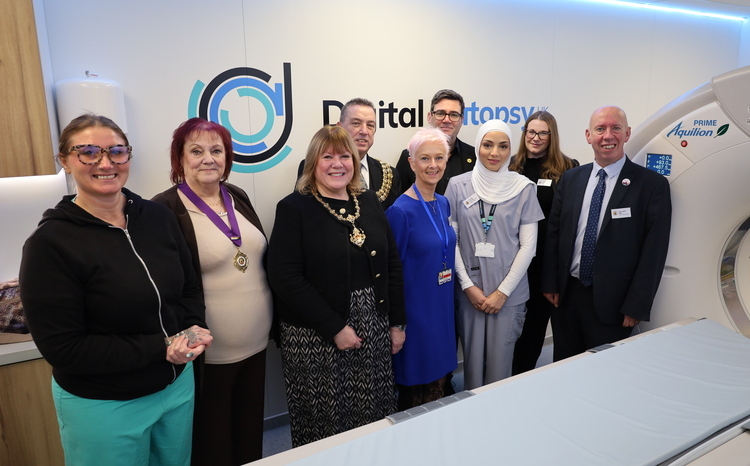Bolton goes live with OpenEyes open source software
- 29 March 2017

A million-pound open source electronic patient record has gone live in a northern NHS trust’s eye department.
Bolton NHS Foundation Trust deployed the ophthalmic OpenEyes software in January.
David Haider, consultant ophthalmologist and chief clinical information officer at Bolton, told Digital Health News that he was doing a “slow deployment”, with the EPR being used in cataracts first.
“Because we’re running from a fairly digitally immature trust, we didn’t want to do anything too fast.”
Haider said the deployment had “not been particularly painful at all”.
“I tend to be a little more, I’d say pragmatic, others might say pessimistic, but I was expecting more resistance than I got, actually staff were really positive about it.”
The project was funded with £500,000 from Safer Hospital, Safer Wards Technology Fund, which was matched by the trust.
Haider said the money was used to upgrade Bolton’s basic eye care hardware to allow it to handle an EPR. It was also used to adapt and expand the software so that it could be “easily deployed into similar hospitals in the future for a lot less”.
For instance, the money was used to build a HL7 messaging function in OpenEyes, he said.
Open Eyes was created at London’s Moorfields Eye Hospital NHS Foundation Trust, where it first went live in August 2012 after a £3.5 million investment.
It has since been deployed across 40 sites in developing Commonwealth countries and by NHS Wales.
The system was also deployed at East Kent Hospitals University NHS Foundation Trust this year.
Haider said one of the benefits of the software is that it is clinician designed “rather than being death by drop down”.
Other advantages include reducing transcription errors in handwriting, working on multiple sites and reducing reliance on paper.
Jeff Kwartz, an ophthalmic surgeon at the trust said in a statement, that “using the system has given me the confidence that patients will be getting the correct safe outcomes. It is a great improvement”.
Open source software was championed at the end of 2015 by NHS England but was not widely rolled out last year.
Some of the “small teething troubles” Haider said the trust had had with the deployment included running the old paper system and new computer system side by side.
This “mixed ecology” meant that for the first few months some patients had pre-assessment notes in one system and not the other.
By the end of the year, one more clinical module will be rolled out said Haider. Within three years he would like to have “it out to all the ophthalmologic specialities to the point where we could be looking at not requesting paper records for a lot of the service”.





3 Comments
The benefits of open source can only be realized when their is a market and a community of contributes behind a solution. Small scale and niche solutions will struggle to realize the benefits and will often simple fail to sustain themselves.
Ian, there are a number of advantages that go well beyond any organizations ability to do software development. By making this software available publicly, the users of this software stack will benefit from a collective effort to improve the software outside of their own organization.
Some of the benefits include:
– known licensing costs going forward
– no forced migrations from vendors
– modern scalable technology that reduces hosting costs.
To the last point, the project appears to have adopted some very modern and scalable tech. Hats off to them for making this commitment and making it publicly available.
You can read a few other thoughts of mine on a recent blog post on this subject.
https://tribalknowledgegroup.com/blog/2017/03/23/time-to-stop-asking-if-open-source-is-option/
It is really hard to understand why the NHS is still so keen on this open source model. The cost here to implement an open source piece of software is many multiples of my experience of doing the same with a ‘traditional model’ supplier. I have heard similar things about open source electronic prescribing systems.
Open Source does not necessarily mean more cost effective and few of our organisations have the ability to develop open source solutions in house so that ‘advantage’ is lost too.
Comments are closed.